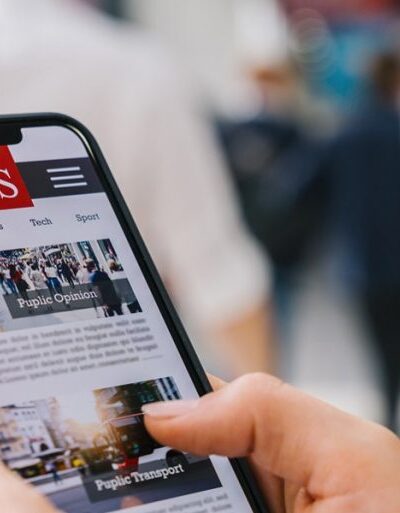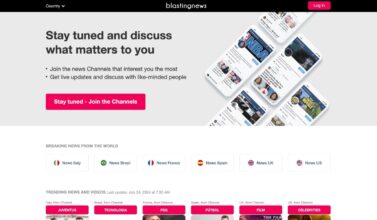What’s Happening:
As legacy news revenues continue to decline and large technology companies like Google, Facebook and Apple taking the lion’s share of digital advertising revenues, pay models have become an increasingly important part of the business of digital news. The Reuters Institute for the Study of Journalism released a new 2019 update to its research on pay models for online news in the United States and Europe.
Why It Matters
Newspaper subscription models are slowly increasing, but most news outlets still offer completely free access to news. More than two-thirds of leading newspapers (69%) across the EU and US are operating some kind of paywall, a trend that has increased since 2017. However, fears about paywalls limiting access to online news are “overblown,” according to the new Reuters research. Nic Newman of the Reuters Institute found that 81% of publishing executives say digital advertising remains a key focus of income, followed by subscriptions (78%) and native advertising (75%).
Digging Deeper
The report, “Pay Models for Online News in the US and Europe: 2019 Update,” by Felix Simon and Lucas Graves, examines 212 news outlets – newspapers, weekly newspapers or magazines, broadcasters and digital-born news outlets – across seven countries in Europe and the US. The study found that hard paywalls that completely restrict access to non-fee payers are very rare. With almost all television organizations and digital-born media offering free access to online news, a majority (53%) of all news outlets studied are available at no cost.
“We see that a growing number of news organizations across Europe and in the US are trying to find new, sustainable business models in order to make up for the revenue shortfall caused by a rapidly changing business environment,” said lead author Simon. “In this context, paywalls are increasingly popular with publishers, who are challenging the assumption that people will not pay for digital news. At the same time, recent research shows that the number of people willing to pay for news is slowly growing. The challenge for news organizations now is to deliver such quality content, and the kind of user experience and convenience that people have come to expect from digital media, and to market their offers to the many who are currently not paying for journalism, but might do so in the future.”
Some of the key findings in the report include:
- Just over half of weekly newspapers and news magazines (52%) operate a pay model, down 10 percentage points from 2017. Freemium models are the most widely used, followed by metered paywalls and hard paywalls.
- Fears about paywalls limiting access to quality information are not borne out so far, with hard paywalls very rare (3%) amongst the 212 news organizations studied.
- The largest increase in paywall adoption has been in the US, where paywall implementation has increased from 60% to 76%.
- Monthly subscription prices average €14.09 (£12.21), roughly similar to 2017, and range from as little as €2 (£1.74) to €41.50 (£36) a month.
- All broadcasters studied offer free access to digital news, and almost all (94%) digital-born news outlets offer free access.
Payment trends vary a great deal between countries and publication type. Business newspapers charge the most, with the Financial Times in the UK topping the list. The UK overall charges the highest average fees for newspapers and weeklies (€17.45/£15.12 per month) but has the lowest proportion of titles requiring such payments. At the opposite end, Poland’s average monthly asking price is €9.27 (£8.04).
This updated study shows that the trend Reuters identified two years ago persists in 2019, with newspapers across Europe and the US gradually moving away from offering digital news for free, supported primarily by display advertising. This move has been most pronounced in regional newspapers, with just over a quarter (27%) offering free access, down sharply from 36% in 2017. Many newspapers and news magazines are cultivating a wider range of revenue sources – not just various pay models but also native advertising, e-commerce, events, etc.
The Bottom Line
The Reuters Institute concluded that paywalls are likely here to stay. The trend it identified in 2017 is holding strong in 2019, with news publishers across Europe and the US moving away from free models. At the same time, fears about implementing paywalls are limiting access to quality information.
Content from our partners
On the positive side, a growing number of news organizations are challenging the assumption that people will not pay for digital news. The research here is encouraging, suggesting that some people across all age groups, including younger audiences, are willing to pay for quality content and services online that they find valuable and useful (Fletcher and Nielsen 2016, Newman 2018). The challenge for news organizations is to deliver such quality content and services, to develop products that provide the kind of user experience and convenience that people have come to expect from digital media, and to market their offers to the many who are currently not paying for journalism but might do so in the future.












